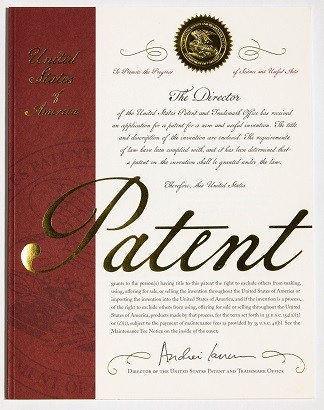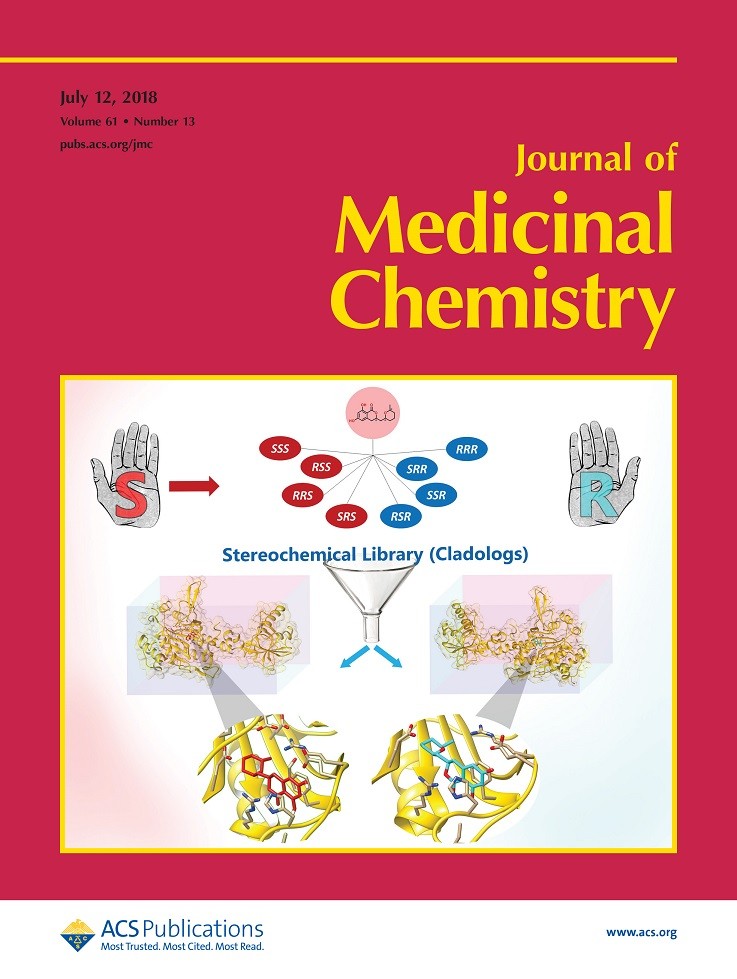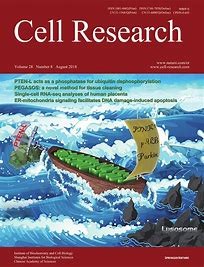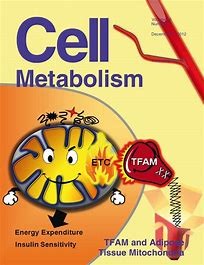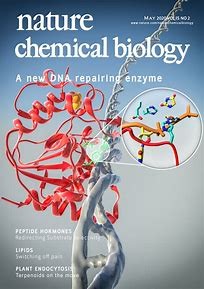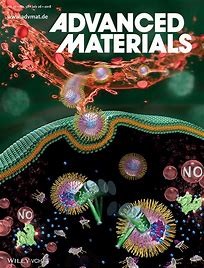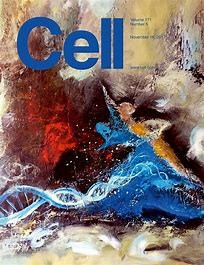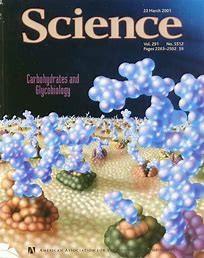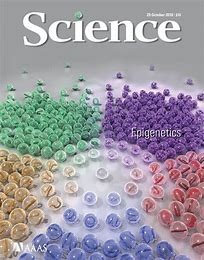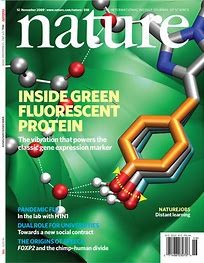This product is for research use only, not for human use. We do not sell to patients.

| Size | Price | Stock |
|---|---|---|
| 25mg | $150 | To Be Confirmed |
| 50mg | $250 | To Be Confirmed |
| 100mg | $450 | To Be Confirmed |
| 250mg | $750 | To Be Confirmed |
| 500mg | $1250 | To Be Confirmed |
| 1g | $1950 | To Be Confirmed |
Cat #: V2171 CAS #: 6656-19-5 Purity ≥ 99%
Description: Isocanadine is an isomer of canadine. Canadine which is also known as tetrahydroberberine and xanthopuccine and is a benzylisoquinoline alkaloid (BIA), of the protoberberine subgroup, and is present in many plants from the family Papaveraceae, such as Corydalis yanhusuo and C. turtschaninovii.
Publications Citing InvivoChem Products
Product Promise

- Physicochemical and Storage Information
- Protocol
- Related Biological Data
- Stock Solution Preparation
- Quality Control Documentation
| CAS No. | 6656-19-5 |
|---|---|
| SMILES Code | COC1=C(OC)C=C2CN3CCC4=C(C=C5OCOC5=C4)C3CC2=C1 |
| Synonyms | (±)-Isocanadine; Tetrahydropseudoberberine; DC037021 |
This equation is commonly abbreviated as: C1 V1 = C2 V2
- (1) Please be sure that the solution is clear before the addition of next solvent. Dissolution methods like vortex, ultrasound or warming and heat may be used to aid dissolving.
- (2) Be sure to add the solvent(s) in order.
